Germ Experiment — Where Do Germs Grow in Your House??!
Germ Experiment: When I saw this germ experiment, I knew we had to add this into our unit on First Aid. After all keeping ourselves healthy is as important as patching up the injuries, right?!
The experiment called for gelatin, sugar and petri dishes. We didn’t have petri dishes so used paper cups and covered them immediately with glad wrap in lieu of a cover.
- Boil 1/2 cup of water
- Add 2 tsp of sugar and 2 tsp of unflavored gelatin
- Stir until dissolved. Spoon into the cups (I had about 1 cm or 1/4 inch of gelatin in each cup.)
- Cover immediately with Glad wrap to keep it clean and as uncontaminated as possible.
- Chill for 24 hours
The next day: Label each cup. Then go around the house with cotton swabs and choose areas to collect germs. Take a swab of the area. Rub the swab gently on the top of the gelatin. We chose to swab the following: the toilet, a door knob, nothing (as a control), a plant, the kitchen sink, the inside of LD’s mouth.
Set it aside in a dark, warm place for 5 or 6 days. I stuck mine under the sink in the guest bathroom.
The results really, really surprised me! So, of all the things we did what do you think had the most germ growth?
- the toilet,
- a door knob,
- nothing (as a control),
- a plant,
- the kitchen sink,
- the inside of LD’s mouth
LD and ED thought the toilet would have the most germs.
DD thought the inside of the mouth would have the most germs.
Dad and I have seen shows and thought the kitchen sink would have the most germs.
And the winner was…
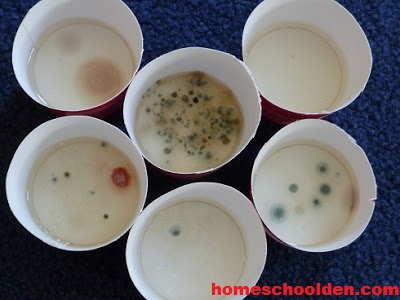
Other activities and materials available at homeschoolden.com:
- Science Experiment Packet — Some of our favorite experiments when the kids 4-7 or so.
- Simple Machines – Hands on activities on levers, wedges and more.
- Digestive System – Hands on activities about digestion-esophogus, stomach, etc., the length of the digestive tract and more
- Rock and Minerals – Hands on activities on the three types of rocks
- Earth Science Unit: Hands on Activities about the layers of the earth, plate tectonics, earthquakes, how to make a shake table, volcanoes, mountain formation and more! 50+ page packet of notebook pages, worksheets, hands-on activities and more.
- Biology Unit Biomes, ecosystems, habitats, food chains & food webs and more!
See you again soon here or over at our Homeschool Den Facebook Page! Don’t forget to Subscribe to our Homeschool Den Newsletter. You might also want to check out some of our resources pages above (such as our Science, Language Arts, or History Units Resource Pages) which have links to dozens of posts. You might want to join our free Homeschool Den Chat Facebook group. Don’t forget to check out Our Store as well.

~Liesl
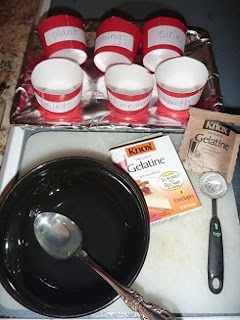
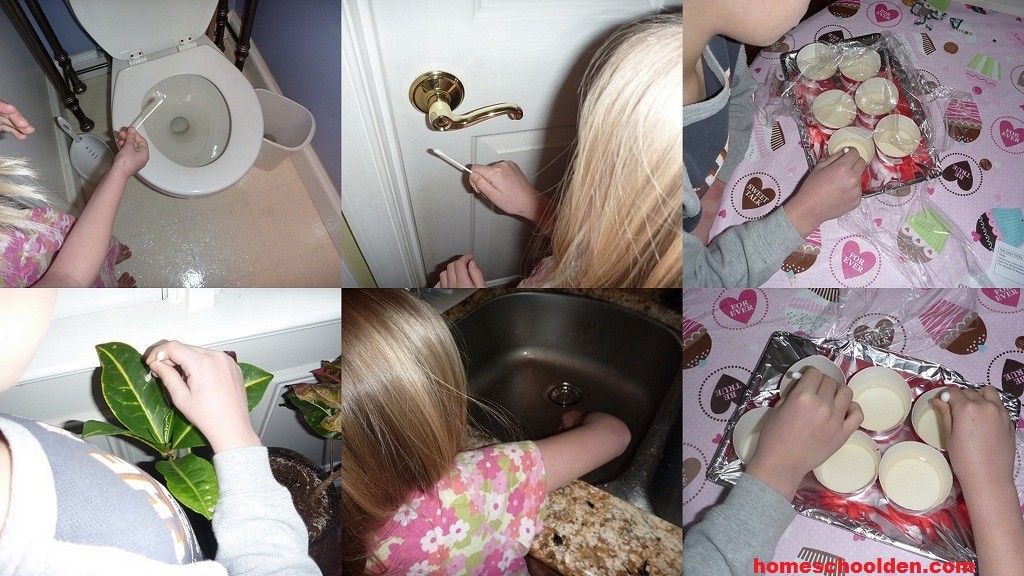
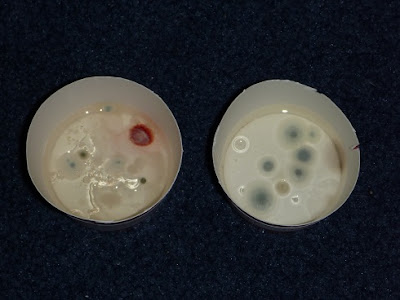

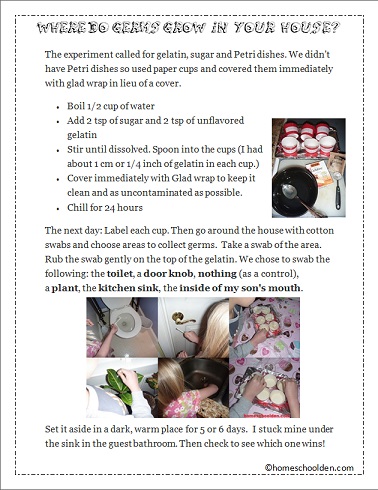
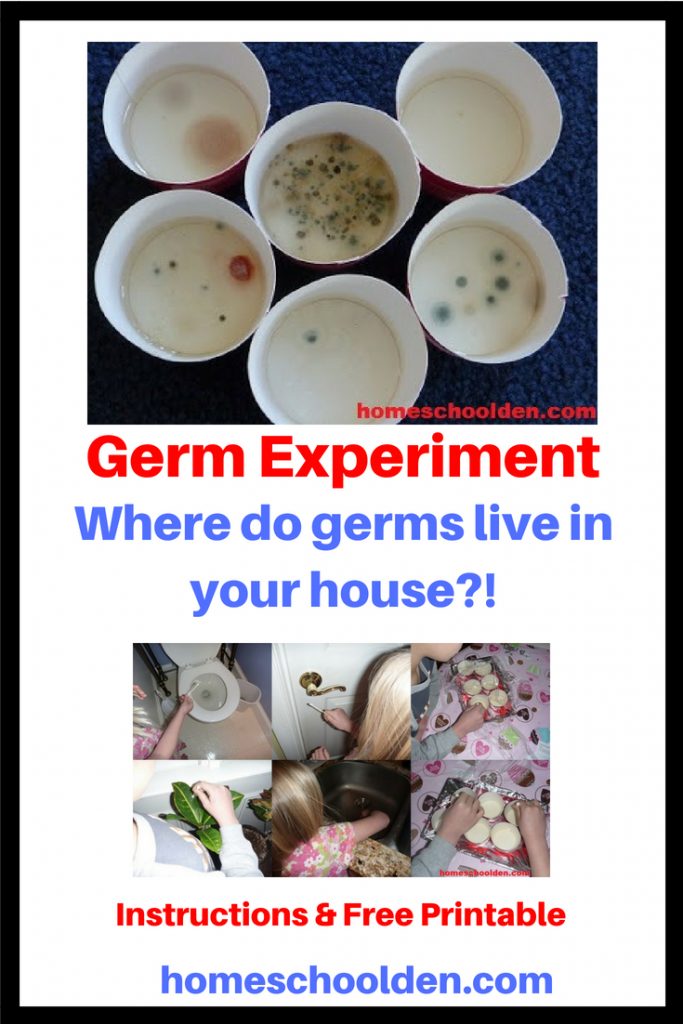
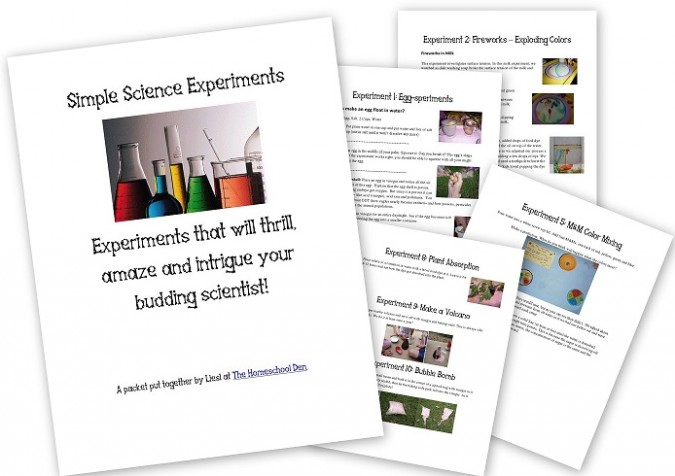

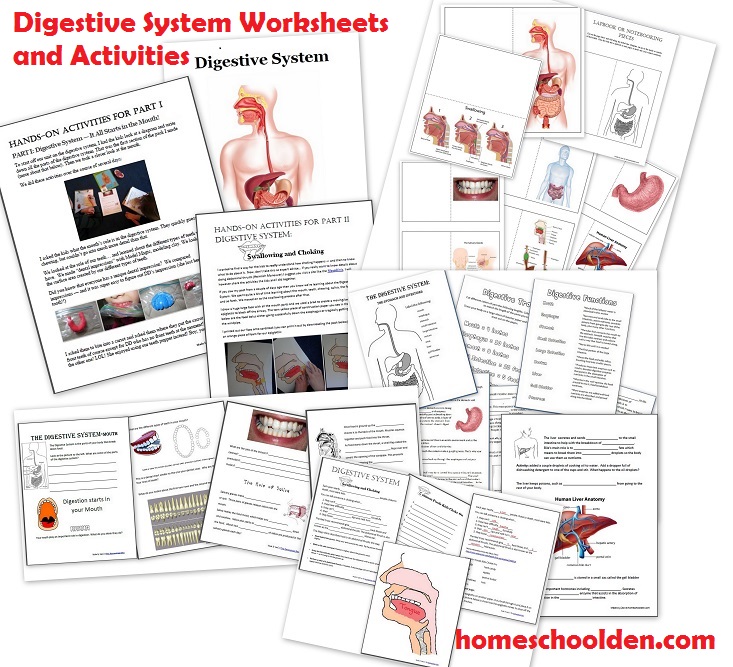
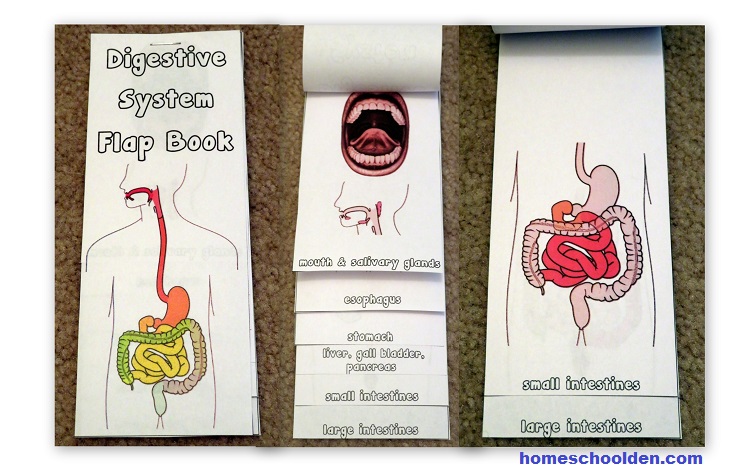

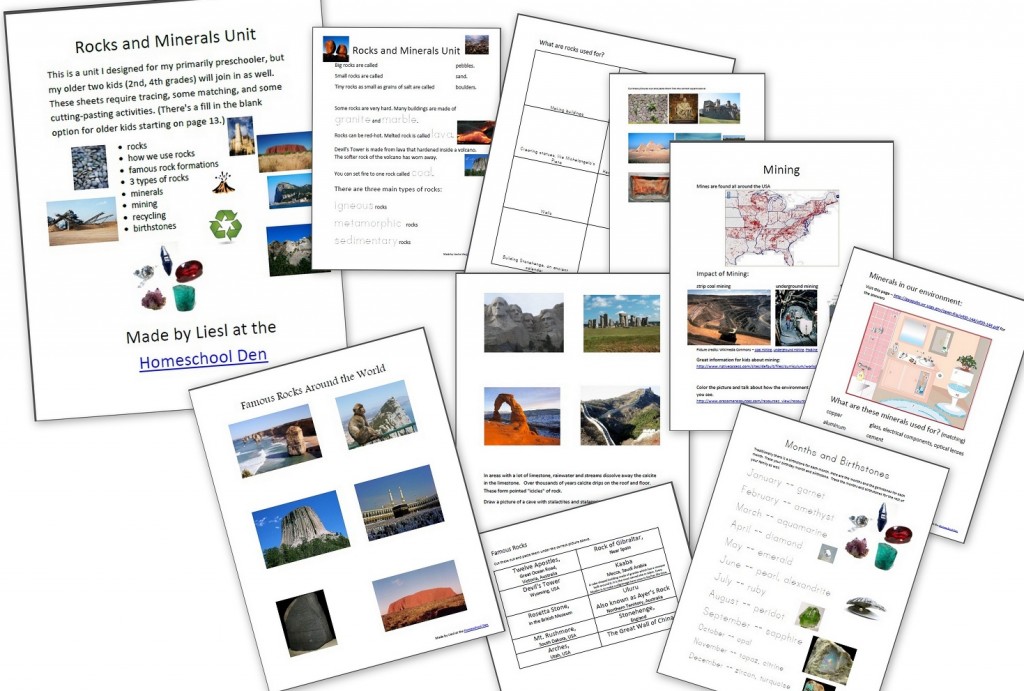

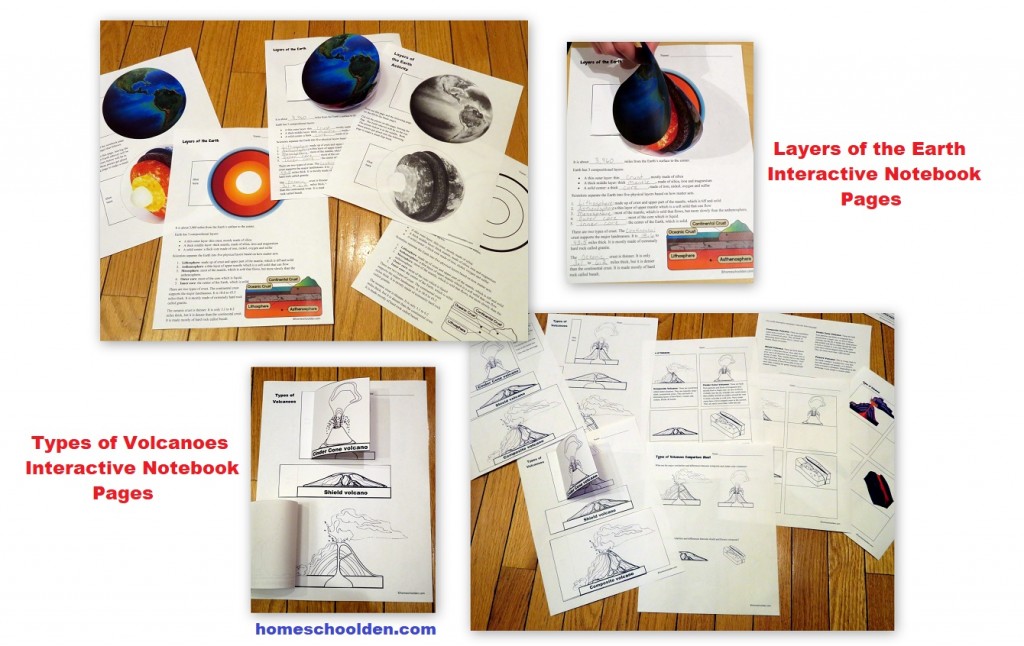
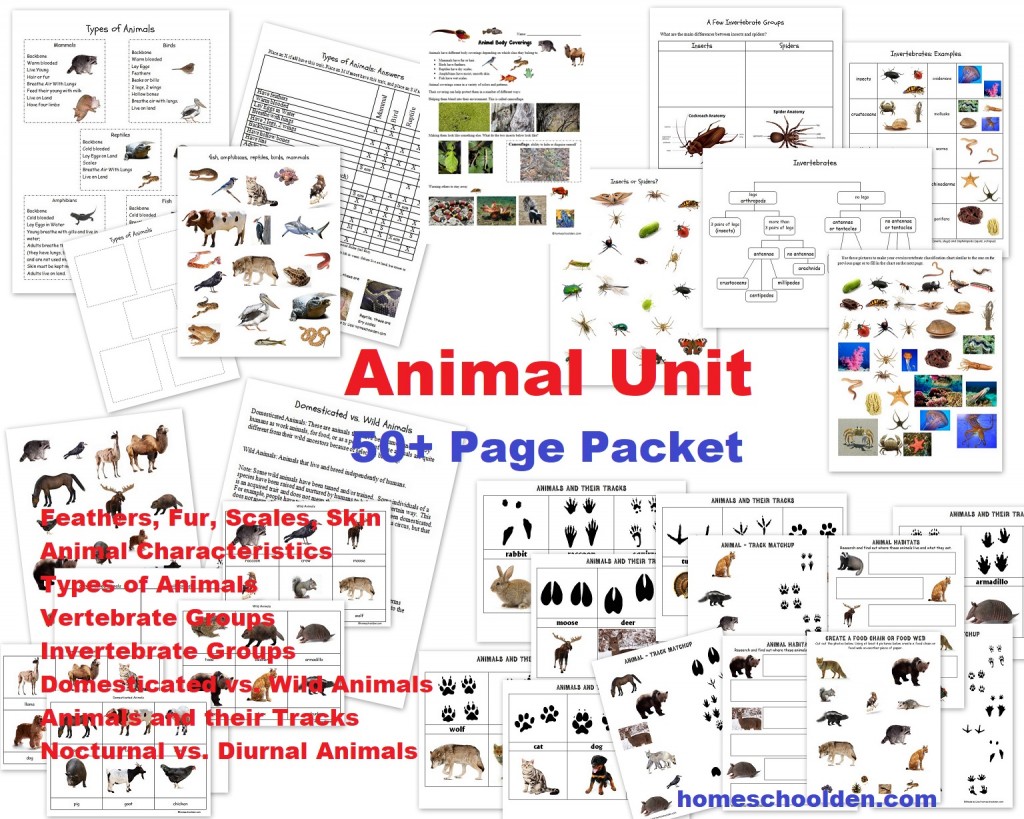
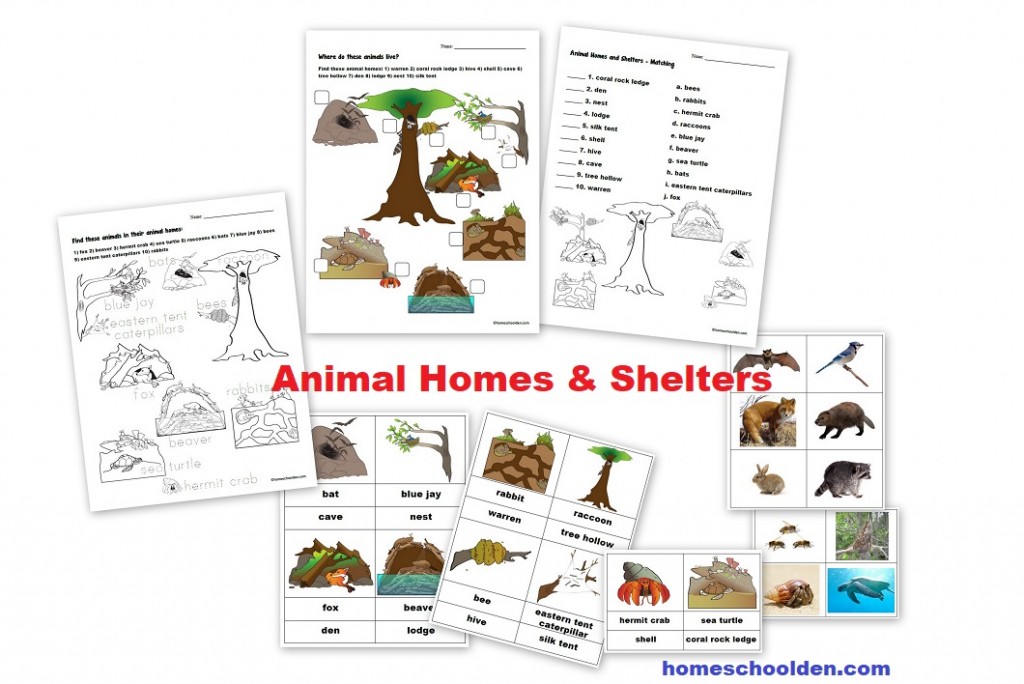

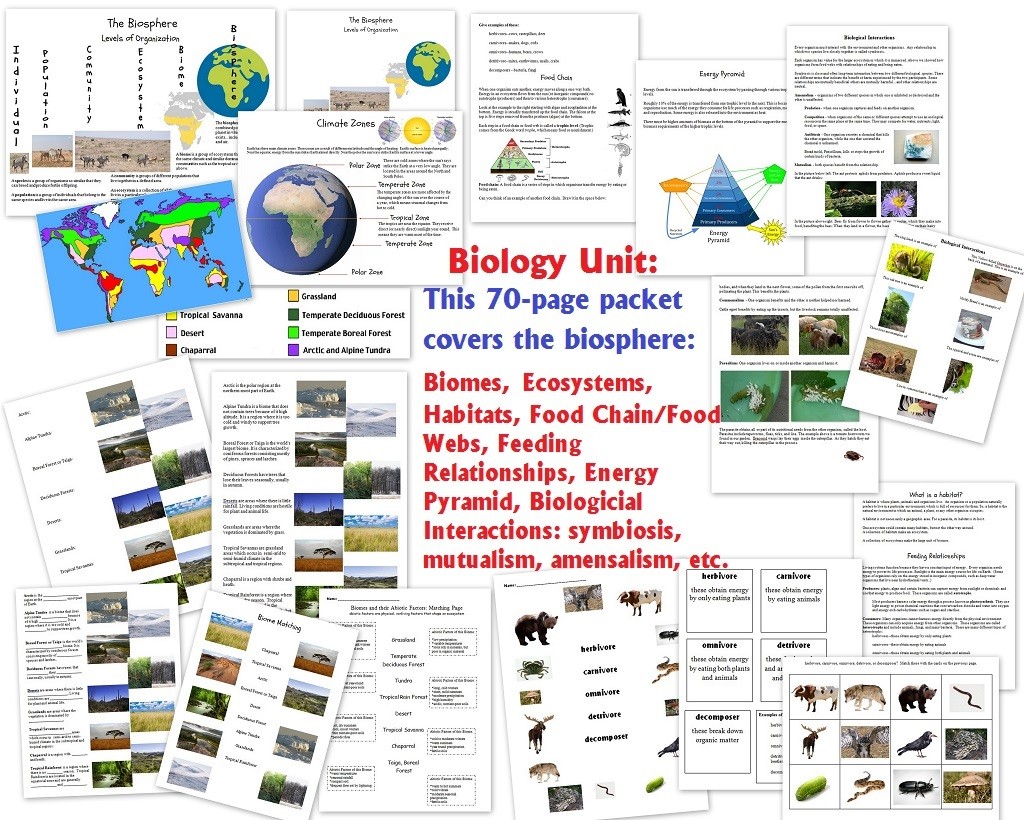






















































Very cool!
I’ve been looking for a science experiment that: doesn’t make too much waste, shows something that is actually important to see for real life purposes, doesn’t call for hard-to-get materials, and is easy to use with the scientific method. This is the one. Thanks!
Very cool!
I’ve been looking for a science experiment that: doesn’t make too much waste, shows something that is actually important to see for real life purposes, doesn’t call for hard-to-get materials, and is easy to use with the scientific method. This is the one. Thanks!
I would have guessed the toilet. This is a really cool experiment. We must do this!! Thank you for sharing.
I would have guessed the toilet. This is a really cool experiment. We must do this!! Thank you for sharing.
I’m so glad to hear some people like this! I was so excited to share this post because the results were so interesting! Thanks for stopping by!
I’m so glad to hear some people like this! I was so excited to share this post because the results were so interesting! Thanks for stopping by!
I pinned your page!
Love the germ experiment.
Visiting from WUHS. 🙂
I pinned your page!
Love the germ experiment.
Visiting from WUHS. 🙂
Great article but one VERY IMPORTANT part is missing. After you take your samples and spread them on your petri dish, you need to either seal shut the lid, or if using cups put them in a zip lock bag AND DO NOT OPEN THEM EVER! You grew some awesome cultures, but you have no idea what they are. It is potentially dangerous to breathe in or handle unknown cultures. I would have never thought of this until I read that on a homeschool science supply website.
Thank you for providing the culture growth medium recipe…we will use it!
Great article but one VERY IMPORTANT part is missing. After you take your samples and spread them on your petri dish, you need to either seal shut the lid, or if using cups put them in a zip lock bag AND DO NOT OPEN THEM EVER! You grew some awesome cultures, but you have no idea what they are. It is potentially dangerous to breathe in or handle unknown cultures. I would have never thought of this until I read that on a homeschool science supply website.
Thank you for providing the culture growth medium recipe…we will use it!
We’re totally going to try this. I think I’ll use my smallest mason jars. I’ll sanitize them first with either boiling water or a dishwasher cycle, just like if I were making jam. Then I’ll use the plastic screwtop lids for them.
We’re totally going to try this. I think I’ll use my smallest mason jars. I’ll sanitize them first with either boiling water or a dishwasher cycle, just like if I were making jam. Then I’ll use the plastic screwtop lids for them.
That’s a great point about keeping the dishes covered. I didn’t think to mention that in this post. You do need to keep the mold covered and dispose of the cultures properly.
Thanks for all your comments everyone!
That’s a great point about keeping the dishes covered. I didn’t think to mention that in this post. You do need to keep the mold covered and dispose of the cultures properly.
Thanks for all your comments everyone!
Thank you so much for sharing. My 8 year old did this for her school science experiment and it became a whole family affair to see who had the most germs growing on them!
That’s great! Last year someone else did this for a science fair project. Their project worked out & they seemed to have had fun with it too. It’s been so long since we did this experiment, I should have the kids do it again. My youngest probably doesn’t remember doing it! 🙂
Looking for something for my 3 to 5 years old preschool. this will really work well, very educative and interesting way to end school before the spring break. Thanks for this. Good job. I will see if i can ask them to bring their teddys from home and see how many germs on them.
Oh, that’s a great idea! Sadly this is a timely topic, right? Enjoy this special time with your kids! ~Liesl